As pet owners, we want to do everything in our power to provide the best care for our furry friends. From choosing the right food to providing regular exercise, every decision we make can have a significant impact on our pets' health and well-being. One important aspect that is often overlooked is the type of food bowl we use for our pets. Many of us may simply grab any bowl that is available without realizing that the size, shape, and material of the bowl can greatly affect our pets' eating experience. In this article, we will guide you through the process of choosing the right pet food bowl for your beloved companion.
Essential Considerations for Selecting the Ideal Pet Food Bowl

Before we delve into the various types of pet food bowls available, it's essential to understand the key factors to consider when selecting the ideal bowl for your pet. These include size, shape, material, features, and price. Taking these factors into account will help you make an informed decision and ensure that your pet's food bowl meets their specific needs.
Size and Capacity: Ensuring the Bowl Fits Your Pet's Needs
The first consideration when choosing a pet food bowl is the size. The bowl should be proportionate to your pet's size and should be able to accommodate the amount of food they eat at each meal. For instance, a small bowl would suffice for a small dog or cat, but a larger breed would need a bigger bowl. It's also crucial to note the capacity of the bowl. If your pet tends to eat a lot of food, you may want to opt for a larger bowl to avoid refilling it frequently.
When considering the size and capacity of the bowl, also take into account your pet's future growth. If you have a puppy or kitten, they will eventually grow into a larger size, so it may be wise to invest in a bigger bowl that can accommodate their future needs.
Shape and Design: Optimizing Comfort and Functionality
The shape of the pet food bowl may seem like just a matter of preference, but it actually plays a significant role in how comfortable and easy it is for your pet to eat. Round bowls are generally easier for pets to eat from as they can access the food from any angle. On the other hand, square or rectangular bowls are easier to clean and may be a better option for messy eaters as the food is less likely to spill over the sides.
Another factor to consider is the depth of the bowl. For cats, a shallower bowl may be more appropriate as it allows them to see their surroundings while they eat. However, for dogs, a deeper bowl may be necessary to prevent their long ears from getting into the food.
Material Matters: Selecting the Best Material for Your Pet's Food Bowl
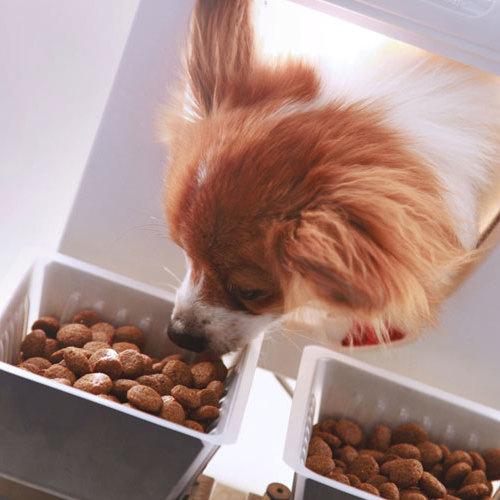
Pet food bowls are available in a variety of materials, each with its own unique characteristics. The three most common options are plastic, metal, and ceramic. The material you choose can greatly impact the durability, safety, and ease of cleaning of the bowl.
Plastic bowls are the most commonly found and affordable option. They come in a range of colors and designs and are lightweight, making them easy to transport. However, plastic bowls can easily get scratched and damaged, which can harbor bacteria and make them challenging to clean properly.
Metal bowls, usually made of stainless steel, are more durable than plastic bowls and are less likely to harbor bacteria. They are also relatively easy to clean, but one downside is that they can be noisy when your pet eats, which may be an issue for some pet owners.
Ceramic bowls are the most expensive option, but they are also the most durable and easiest to clean. They do not scratch easily, making them less prone to bacterial growth, and come in a variety of designs and styles. However, they can be heavy and may break if dropped.
It's crucial to choose a material that is safe for your pet to eat from. Avoid bowls made of materials that contain harmful chemicals or toxins that could leach into your pet's food.
Features: Catering to Unique Pet Requirements
:strip_icc()/freshpet-vs-farmers-dog-df1b0ace4fbb4dc793cb902b346ce705.jpg)
Some pet food bowls come equipped with special features that can make feeding time easier for both you and your pet. Non-slip bottoms are common in bowls and can help keep the bowl in place, preventing spills and accidents. This feature is especially useful for pets who tend to push their bowls around while eating.
Another common feature is raised edges or a built-in ridge around the bowl. This helps to prevent food from spilling over the sides and keeps the eating area clean. For pets with longer ears, this can also prevent their ears from getting dirty while they eat.
Price: Finding the Balance Between Quality and Affordability
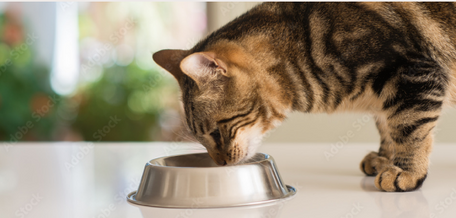
Pet food bowls can range in price from a few dollars to over $100. It's essential to find a balance between quality and affordability when choosing a bowl for your pet. While it may be tempting to opt for a cheaper option, keep in mind that a poorly made bowl may break easily and need to be replaced frequently, making it more expensive in the long run. On the other hand, an expensive bowl may not necessarily mean it's the best option for your pet's needs.
Navigating the Maze of Pet Food Bowl Options

Now that we have discussed the key factors to consider when selecting a pet food bowl, let's take a closer look at the various options available in the market.
Basic Bowls
Basic bowls are the most common type of pet food bowl and are typically made of plastic. They come in a range of sizes, shapes, and colors and are suitable for everyday use. However, as mentioned earlier, plastic bowls can easily get scratched and damaged, which can make them challenging to clean thoroughly.
Slow Feeder Bowls
Slow feeder bowls are designed to slow down your pet's eating pace, preventing them from eating too quickly and potentially leading to health issues such as bloating. These bowls have built-in obstacles or ridges that force your pet to eat around them, making mealtime more of a challenge and extending the time it takes for them to finish their food.
Interactive Feeders
Interactive feeders are similar to slow feeder bowls but are also designed to stimulate your pet's mind and provide mental stimulation while they eat. They often have hidden compartments or mazes that require your pet to work for their food, promoting problem-solving and keeping them entertained.
Elevated Bowls
Elevated bowls, also known as raised feeders, are designed to keep your pet's food at a higher level, reducing strain on their neck and spine while they eat. This can be beneficial for older pets or those with joint problems. However, elevated bowls are not suitable for all pets and may not be recommended by some veterinarians, so it's essential to consult with your veterinarian before using one for your pet.
Travel Bowls
Travel bowls are lightweight and portable, making them ideal for pet owners who frequently travel with their pets. They are usually made of silicone and can easily be collapsed and stored when not in use. These bowls are great for on-the-go feeding but may not be the most durable option for everyday use.
Hygiene and Maintenance: Keeping Your Pet's Food Bowl Sanitary

The importance of keeping your pet's food bowl clean cannot be stressed enough. Bacteria and germs can quickly accumulate in dirty bowls and could potentially harm your pet's health. It's recommended to wash your pet's bowl after each use, preferably with hot water and soap. You can also sanitize the bowl by soaking it in a mixture of water and white vinegar or by using a pet-safe cleaning solution.
It's also recommended to replace your pet's food bowl regularly, especially if it's made of plastic. Over time, scratches and grooves can develop on the surface of the bowl, making it difficult to clean thoroughly.
Special Needs and Considerations: Catering to Unique Pet Requirements
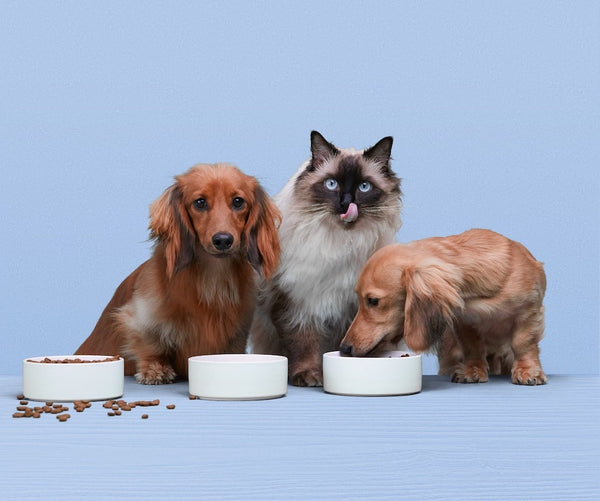
While most pets can thrive with a basic food bowl, some may have special needs that require a more unique type of bowl. For instance, cats with flat faces may benefit from a shallow bowl to prevent their whiskers from touching the sides while they eat. Pets with arthritis or mobility issues may need an elevated bowl, as mentioned earlier, to make mealtime more comfortable for them. It's crucial to cater to your pet's specific requirements when choosing a food bowl.
Safety First: Avoiding Potential Hazards in Pet Food Bowls

As pet owners, our top priority is always our pet's safety. Unfortunately, there have been cases where pet food bowls have caused harm to our furry friends. It's essential to be aware of any potential hazards and take steps to minimize risks.
One common issue with plastic bowls is that they can become scratched over time, creating grooves and crevices where bacteria can thrive. This can lead to health problems for your pet. To avoid this, regularly check your pet's bowl for signs of wear and tear and replace it if needed.
Another potential hazard is the use of bowls made of materials that contain toxic chemicals. These can include BPA, phthalates, and lead, which can leach into your pet's food and cause health problems. Always opt for food bowls made of safe materials, such as stainless steel or ceramic, and avoid bowls with paint or coatings.
The Right Food Bowl for Your Pet: Making an Informed Decision
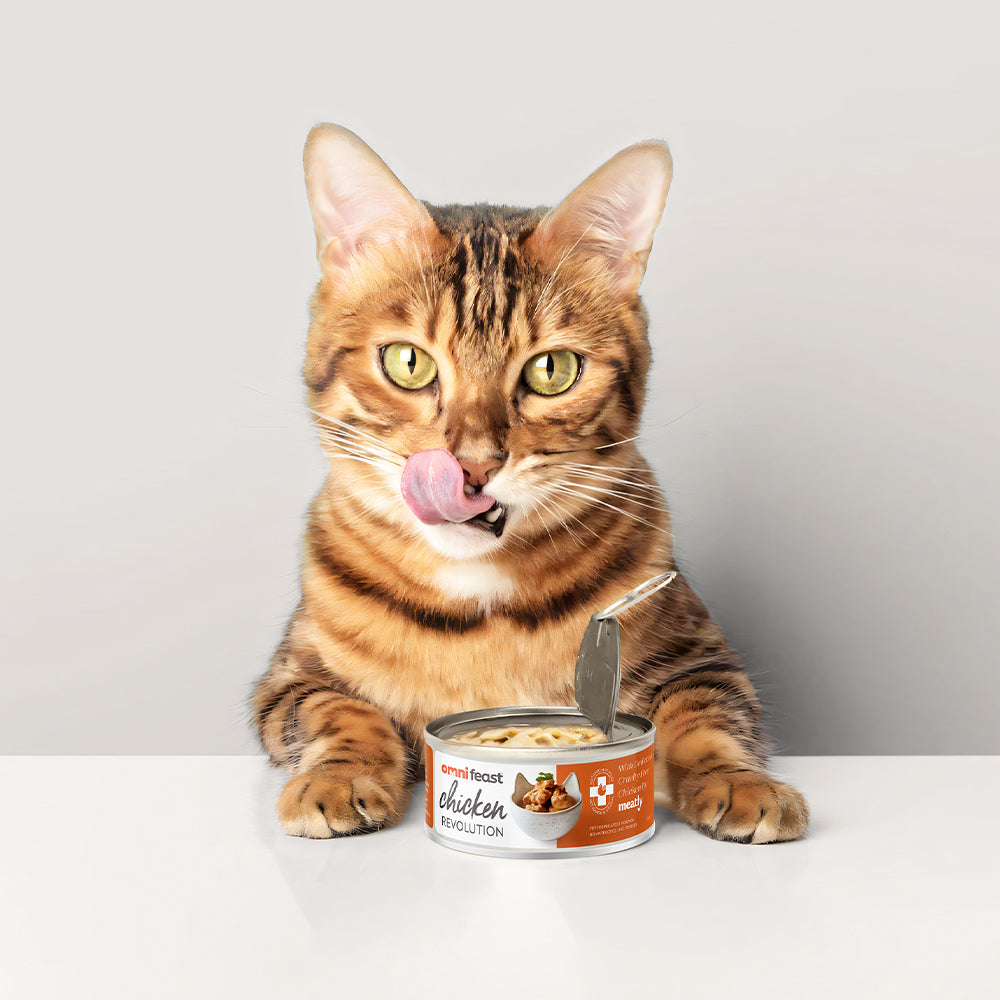
Choosing the right pet food bowl may seem overwhelming at first, but by considering the key factors mentioned above, you can make an informed decision that will benefit your pet. Remember to take into account your pet's size, eating habits, and unique needs when selecting a bowl. And most importantly, prioritize safety and hygiene to ensure your pet's health and well-being.
Conclusion
In conclusion, your pet's food bowl is an essential part of their daily routine, and selecting the right one can have a significant impact on their overall health and happiness. By considering the size, shape, material, features, and price, you can choose a bowl that meets your pet's specific needs. It's also crucial to prioritize hygiene and safety and regularly replace your pet's bowl if needed. With the right food bowl, mealtime can become a more enjoyable experience for both you and your beloved furry friend.
